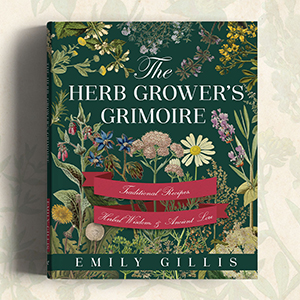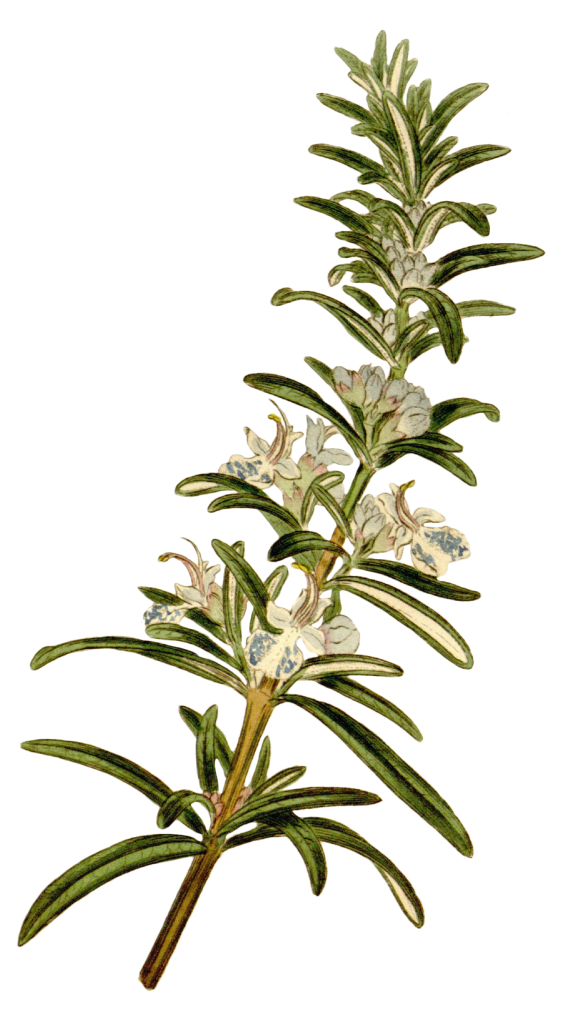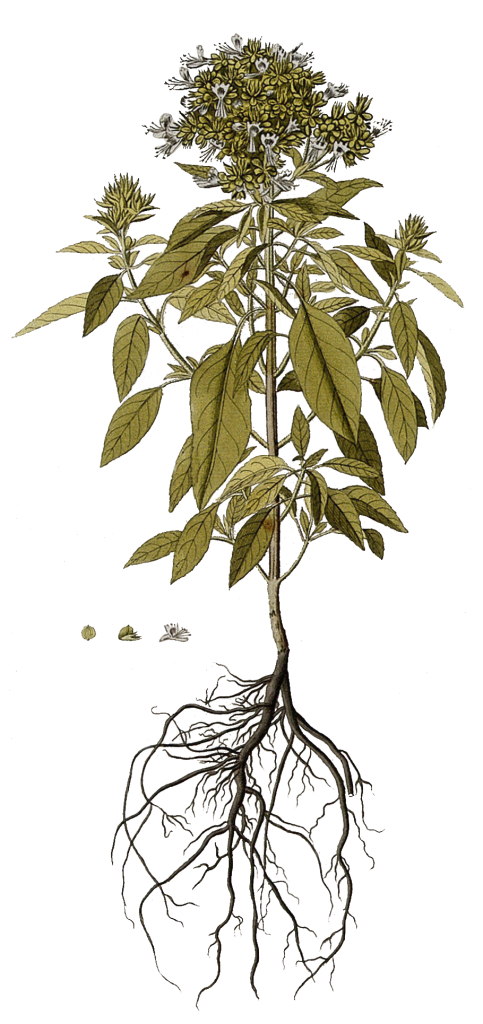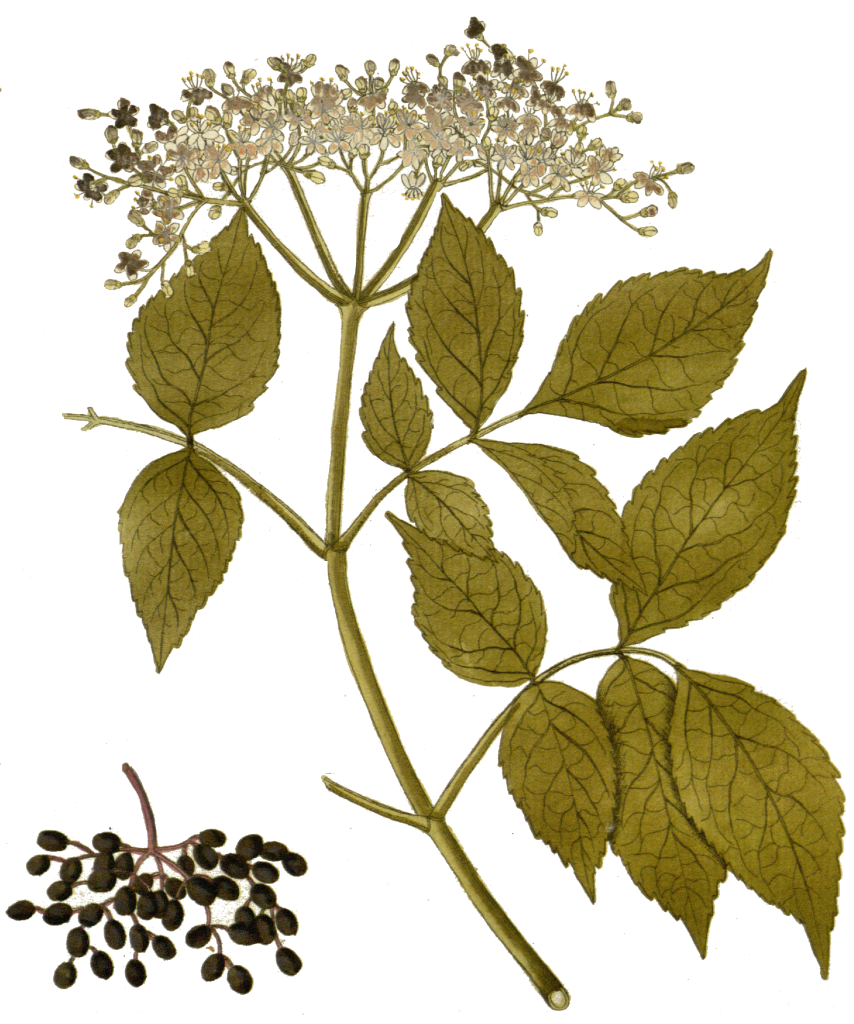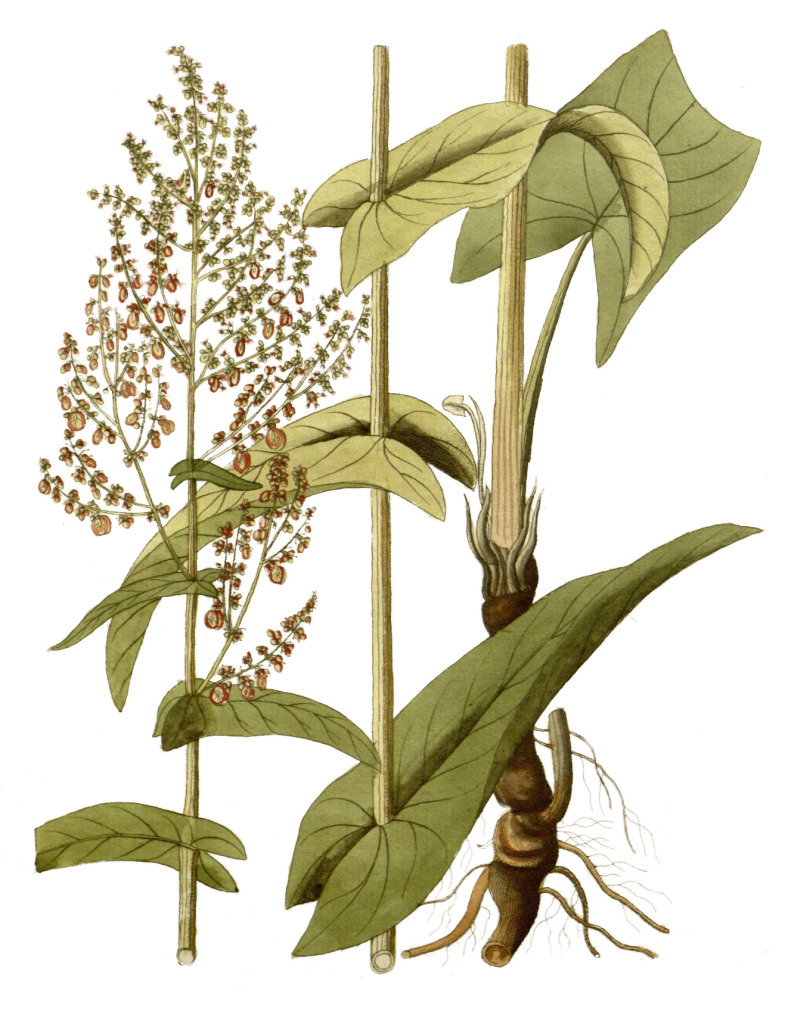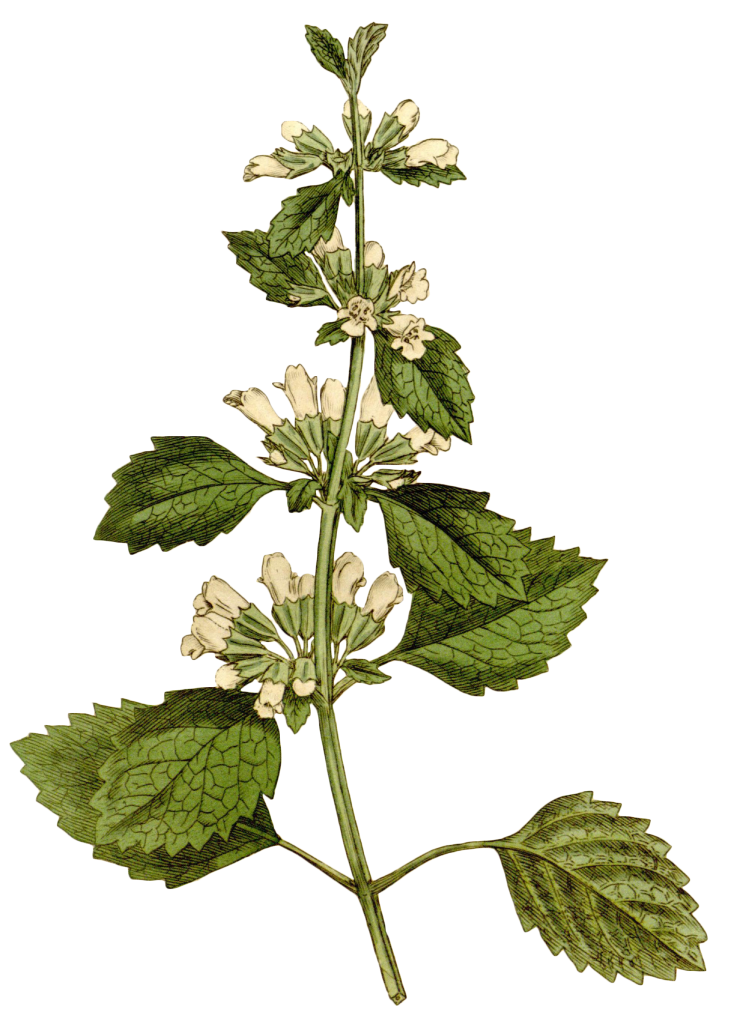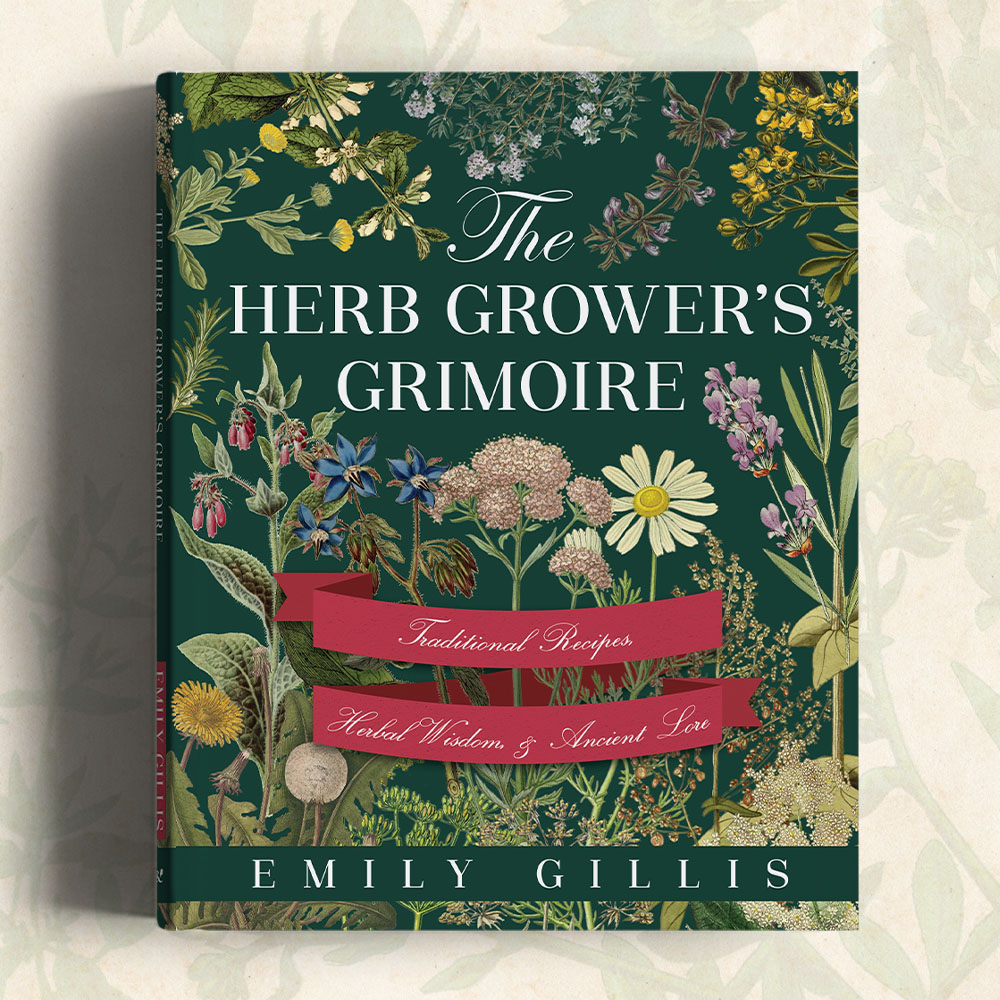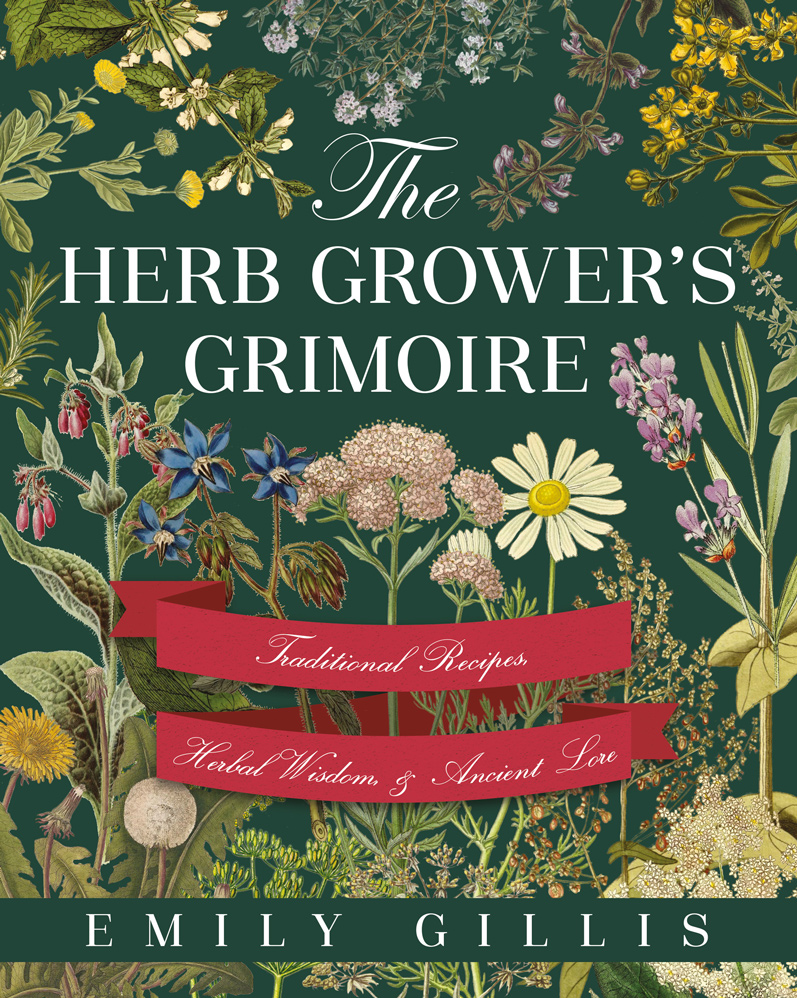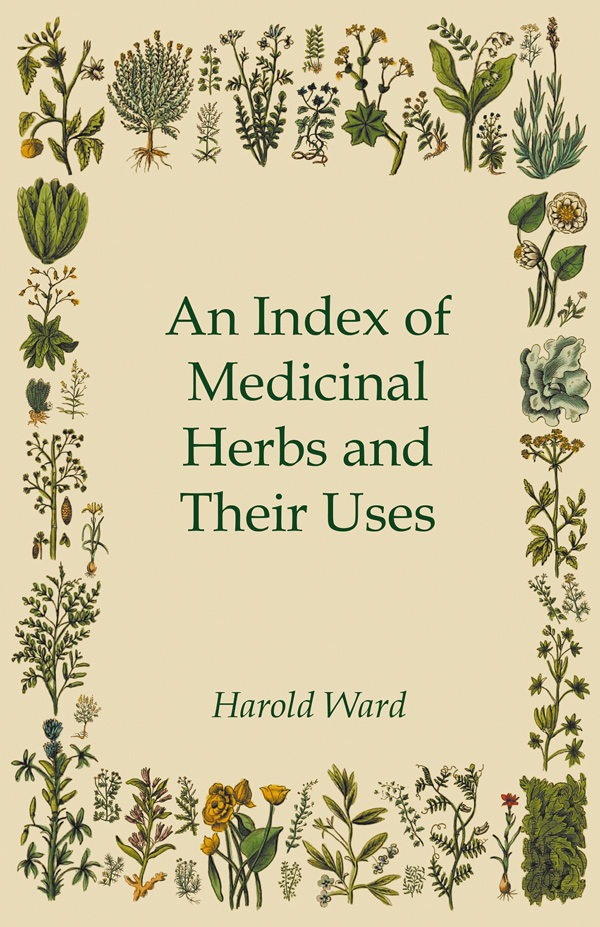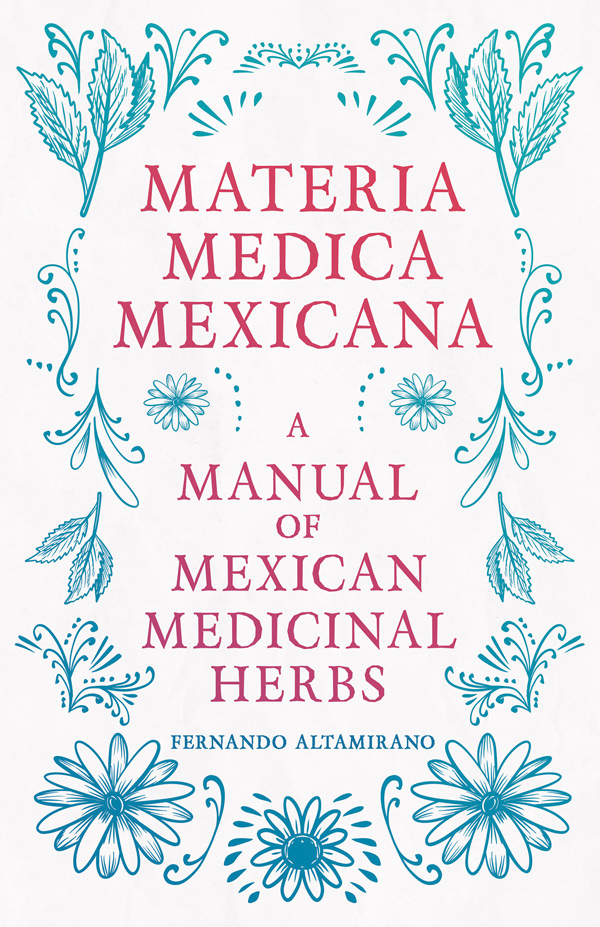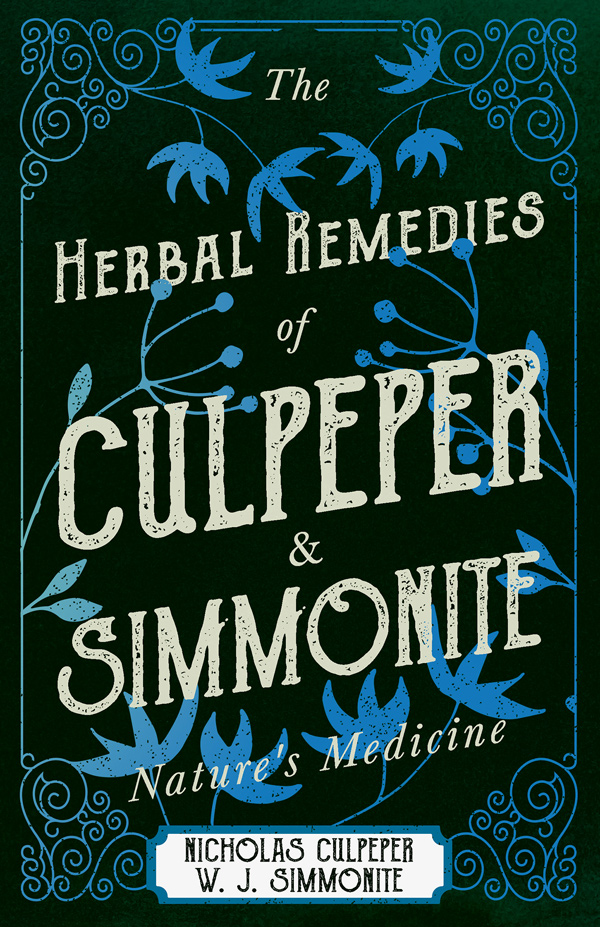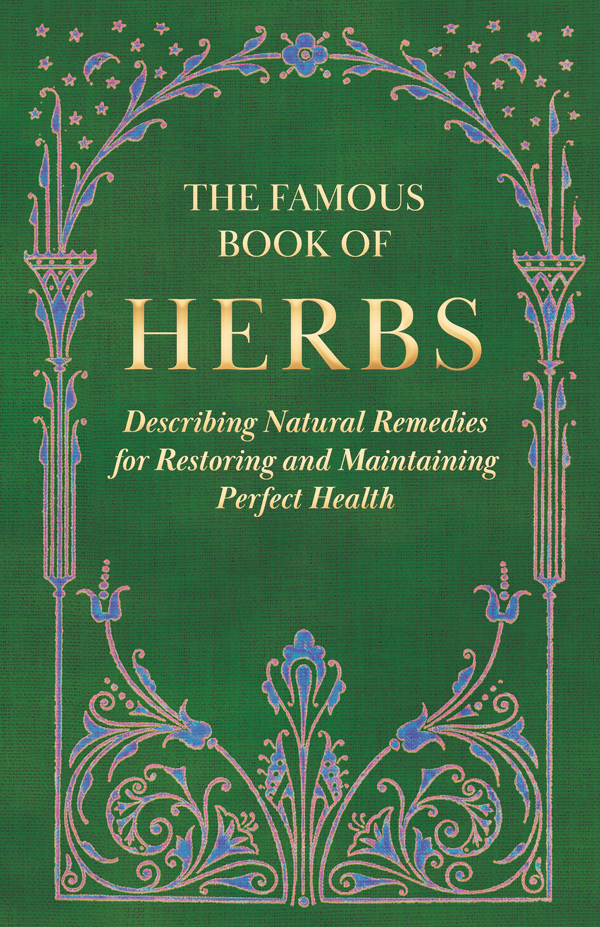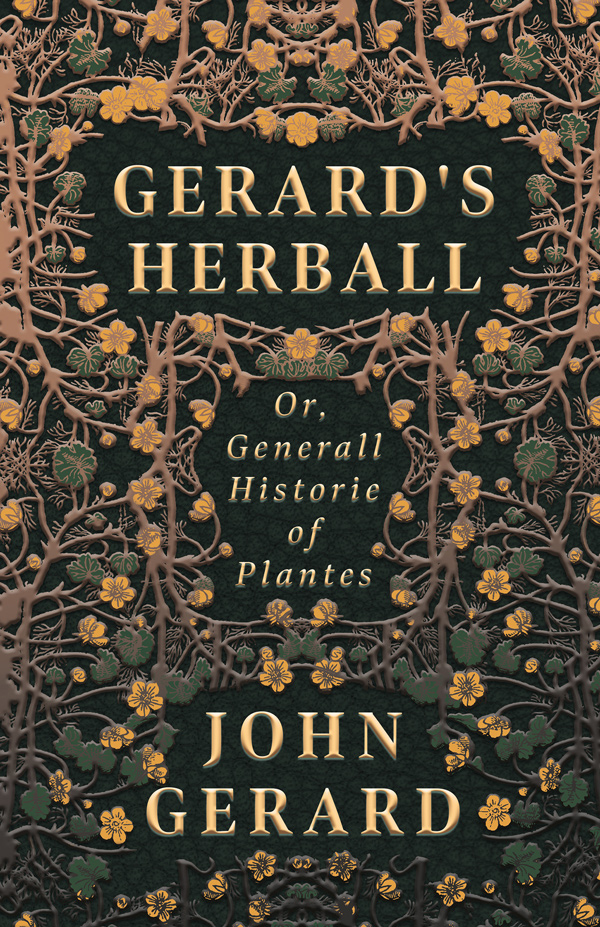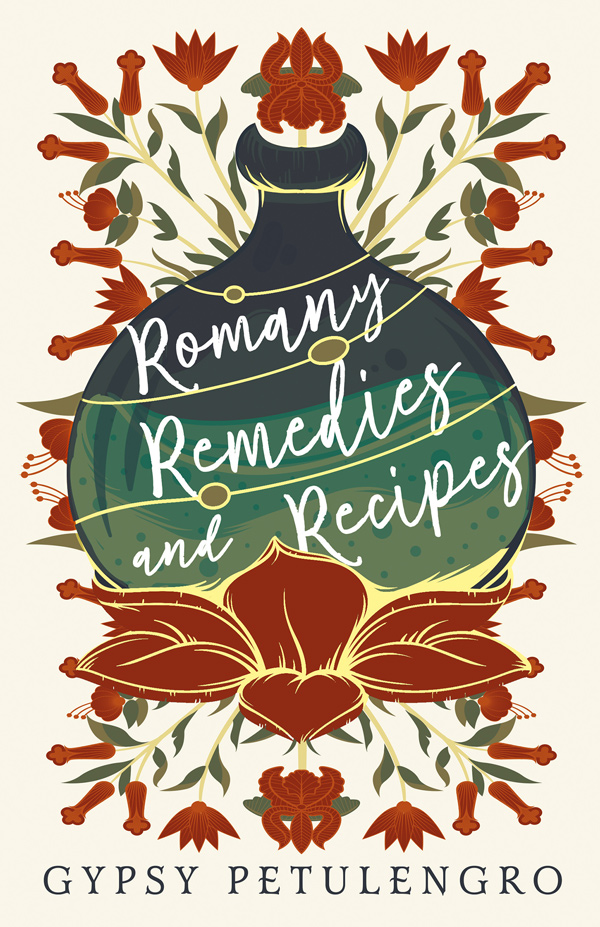Bring myth and magic to your herb garden with these spellbinding garden stories, and cultivate your own immersive world of herbal tales and folklore.
As we wander through generations of herbalist knowledge, we’ll uncover ancient legends, lore, and wisdom that transform your traditional herb garden into a living storybook. Exploring the folk tales surrounding common herbs, including rosemary, sorrel, and basil, we take a look at the history of herbalism and garden stories.
All the herbal tales and images featured in this blog have been taken from our beautifully illustrated volume, The Herb Grower’s Grimoire. This unique book is a treasure trove of herbal lore and features a collection of charms, recipes, remedies, and hands-on growing advice, exploring the mystical and medicinal virtues of thirty common garden herbs.
Table of Contents
Bay Laurel in Greek Mythology – Apollo’s Laurel
If you have a bay tree in your herb garden, your plot is already steeped in historical tales and legends. The bay, or laurel, tree can be grown in any garden, with its structural stature providing ornamental and fruitful bounty for the kitchen. Its leaves are commonly used in cooking to flavour soups, stews, and sauces. The berries, not often employed these days, were believed by herbalists such as Nicholas Culpeper to be a heal-all for bruises and cuts when mixed into an oil.
One of the earliest stories of this herb comes from Greek mythology. The transformative legend of Apollo, Daphne, and the Laurel Tree establishes the history of the bay tree in a story of love and loss, telling of how Apollo pursued the wood nymph Daphne to be his wife. She evaded his advances, eventually shifting into a laurel tree to escape him. Despite her arboreous form, Apollo remained undeterred and devoted himself to her. In homage to their impossible romance, Apollo crowned himself with her leaves, coining them a sign of victory for any champion. He chose the laurel as his precious tree, vowing to honour her forever.
Apollo, Daphne, and the Laurel Tree
Now, though Daphne could run like a deer, Apollo could run faster still, and she soon saw that he was going to catch her. She set her teeth and tried to run still faster, but Apollo gained on her at every step. In despair she called to Mother Earth to save her from being taken. Immediately, a change came over Daphne. Her feet took root in the ground, her arms and fingers turned to branches and twigs, her dress became rough bark, and her lovely curling hair was changed to countless rustling leaves. When Apollo caught up to her she had become a beautiful laurel tree.
He stopped in blank amazement and stood looking at the tree as if his feet, also, had taken root in the ground. Then he stretched out his hand and touched the slender laurel. It trembled as if the flesh beneath the bark had scarcely yet become firm wood. Apollo threw his arms around the tree and kissed the rough bark tenderly.
Now, though Daphne could run like a deer, Apollo could run faster still, and she soon saw that he was going to catch her. She set her teeth and tried to run still faster, but Apollo gained on her at every step. In despair she called to Mother Earth to save her from being taken. Immediately, a change came over Daphne. Her feet took root in the ground, her arms and fingers turned to branches and twigs, her dress became rough bark, and her lovely curling hair was changed to countless rustling leaves. When Apollo caught up to her she had become a beautiful laurel tree.
He stopped in blank amazement and stood looking at the tree as if his feet, also, had taken root in the ground. Then he stretched out his hand and touched the slender laurel. It trembled as if the flesh beneath the bark had scarcely yet become firm wood. Apollo threw his arms around the tree and kissed the rough bark tenderly.
“You have escaped me,” he said. “But since you cannot be my wife you shall be my tree and I will wear you for my crown. Your leaves shall never wither, but shall be as green in winter as they are in summertime; and I will make a laurel wreath the prize for great and noble deeds.”
As he spoke, Apollo saw the laurel bend its graceful head, and by that sign he knew that Daphne had been pleased with what he said.
From that time on, the laurel was Apollo’s special tree. He used to wear a wreath made of its glossy leaves, and whenever he wished to show honor to a hero he would crown him with a laurel wreath.
– Mary Curtis, Stories in Trees, 1925
Legend of Rosemary – Women's Dew of the Sea
Known by some as the ‘dew of the sea’ thanks to its colouring and scent being reminiscent of the salty, rolling tides, rosemary is as delightful planted alone or in boundaries and borders. Legend states that the herb will only grow well when tended to by women, and it is known to have many medicinal and magical qualities, including rosemary oil forming a wonderfully effective hair stimulant. If planted on the edges of pathways, rosemary’s fragrant stems release their scent when brushed past, making it the perfect addition to those seeking a scented garden.
One of many garden stories told of the herb, is this 1936 poem by Reginald Arkell, highlighting rosemary’s feminine mystique.
Legend of Rosemary
There once was a lady, divinely tall,
Who lived high up in a castle wall,
And longed to be lord in her husband’s hall.
A troubadour chanced to be passing by,
As the lady looked down from her casement high.
He stood at the foot of the castle wall,
And sang to the lady, divinely tall,
Who longed to be lord in her husband’s hall:
“A holy father, from over the sea,
Has brought me this cutting of Rosemary.
“Plant it carefully by the wall.
If it grows a tree, both healthy and tall,
You shall be lord in your husband’s hall.”
The lady listened, and so it befell.
She wore the doublet and hose as well.’
And even to-day
There are cynics who say:
The wife who means to master her man
Will trot down the path with her watering-can—
And if you follow her, you will see
She always waters her Rosemary.
– Reginald Arkell, ‘Legend of Rosemary’, 1936
Isabella, or, The Pot of Basil – Tales of Romantic Tragedy
Enrich your collection of herb garden stories by planting a sweet basil, the herb thought to hold magical properties and is a common ingredient in love spells. Its fragrant leaves are a revered ingredient in kitchens and its uses in modern cookery now often overshadow its mythical past, yet it is steeped in folkloric history. Ancient Egyptians and Greeks believed basil would aid a dying person’s passage to heaven, and it is often associated with both hatred and love.
One of the most famous tributes to the popular herb, Keats’ narrative poem, ‘Isabella; or, The Pot of Basil’ (1818), is a sweet tale of heartbreak and courage in the face of tragedy. Keats borrowed the tale from a story in Boccaccio’s The Decameron (1620). While the plant keeps its sinister associations with jealousy and crime – said to have come from an ancient Greek tradition where basil symbolises hatred and despair – in Keats’ poem, the herb transforms into a symbol of undying love, even after death.
In the tale, Isabella is consumed by grief after her beloved Lorenzo is murdered by her brothers due to their secret love affair, and she refuses to accept his death. She steals away, removing his head from his corpse, and plants it in a pot of basil. Tending to the plant daily, the adoration for her lost love strengthens, and as time passes, the plant grows strong. Isabella spends her days watering the basil with her tears and eventually dies of a broken heart, her thriving basil plant becoming a symbol of her enduring love for Lorenzo.
Isabella, or, The Pot of Basil
LII.
Then in a silken scarf,—sweet with the dews
Of precious flowers pluck’d in Araby,
And divine liquids come with odorous ooze
Through the cold serpent pipe refreshfully,—
She wrapp’d it up; and for its tomb did choose
A garden-pot, wherein she laid it by,
And cover’d it with mould, and o’er it set
Sweet Basil, which her tears kept ever wet.
LIII.
And she forgot the stars, the moon, and sun,
And she forgot the blue above the trees,
And she forgot the dells where waters run,
And she forgot the chilly autumn breeze;
She had no knowledge when the day was done,
And the new morn she saw not: but in peace
Hung over her sweet Basil evermore,
And moisten’d it with tears unto the core.
LIV.
And so she ever fed it with thin tears,
Whence thick, and green, and beautiful it grew,
So that it smelt more balmy than its peers
Of Basil-tufts in Florence; for it drew
Nurture besides, and life, from human fears,
From the fast mouldering head there shut from view:
So that the jewel, safely casketed,
Came forth, and in perfumed leafits spread.
– John Keats, Isabella; or, The Pot of Basil, 1818
The Legends of The Elder Tree – The Rollright Stones and the Elder Witch
From its pretty white flowers to the garden stories of witches and magic, the elder tree has been an enduring presence in the rural landscape for centuries. While not a traditional addition to the herb garden, it can be found in shrub, bush, or tree form and boasts an abundance of virtues from its berries to its bark. The elder tree has a complex history in folklore and religious stories, but it is often believed to be favoured by witches. In parts of England and Scandinavia, a spirit known as the Elder Mother is believed to guard the elder trees. It’s said that before taking bark from the elder tree, one would have to ask permission from the Elder Mother, or else bad luck would fall upon them.
An old English legend tells of how the fabled Rollright Stones of Oxfordshire came to be. Beginning with a foreign king’s ambition to conquer England, the story states that he was tricked by a witch to whom the Rollright hill belonged. To prevent the king from advancing, the witch transformed him and his army into stones, taking the form of an elder tree herself to keep guard over her charm and make sure it was never broken.
The Legend of the Rollright Stones and the Elder Witch
“Long Compton thou, wilt never see,
King of England thou shalt not be.
Rise up stick and stand still stone,
For King of England thou shalt be none;
Thou and thy men hoar-stones shalt be.
And I myself an eldern-tree.”
Whereupon the King, his Army, and the Knights who had lingered behind plotting against him, were all turned into stones as they stood, the King on the side of the mound, his army in a circle behind him, while the Witch herself became an elder tree.
– Henry Taunt, The Rollright Stones; the Stonehenge of Oxfordshire, 1888
Tales of Garden Sorrel and Witchcraft – A Witch Story
Add a touch of the occult to your herb garden stories with this hardy perennial plant. Sorrel often symbolises affection in much of folklore, but its soft rosettes of leaves are rooted in dark tales of witchcraft and poison. This tale of demonology dates back to the late 1600s and blames the naturally occurring irritant poison, oxalic acid, found in sorrel on witchcraft. Published in a 1699 pamphlet, the story was entitled ‘The Bewitching of a Child in Ireland’ and tells of herbal poisoning, as well as the witch’s execution.
A Witch Story
At Antrim in Ireland a little girl of [nine] years of age, inferior to none in the place for beauty, education, and birth, innocently put a leaf of sorrel which she had got from a witch into her mouth, after she had given the begging witch bread and beer at the door; it was scarce swallowed by her, but she began to be tortured in the bowels, to tremble all over, and even was convulsive, and in fine to swoon away as dead. The doctor used remedies on the 9th of May 1698, at which time it happened, but to no purpose, the child continued in a most terrible paroxysm; whereupon they sent for the minister, who scarce had laid his hand upon her when she was turned by the demon in the most dreadful shapes. She began first to rowl herself about, then to vomit needles, pins, hairs, feathers, bottoms of thread, pieces of glass, window-nails, nails drawn out of a cart or coach-wheel, an iron knife about a span long, eggs, and fish-shells and when the witch came near the place, or looked to the house, though at the distance of two hundred paces from where the child was, she was in worse torment, insomuch that no life was expected from the child till the witch was removed to some greater distance. The witch was apprehended, condemned, strangled, and burnt, and was desired to undo the incantation immediately before strangling; but said she could not, by reason others had done against her likewise. But the wretch confessed the same, with many more.
– John D. Seymour, Irish Witchcraft and Demonology, 1913
Aubrey’s Legend of Balm – Healing Herbal Magic
Similar in appearance to its cousins in the mint family, lemon balm’s fragrant leaves are enjoyed by many for their subtle lemon flavour. The herb can be found at the root of many garden stories, from folk tales of its healing properties to ancient myths and superstitions. It continues to hold its reputation as a calming herb, historically known for its effectiveness in soothing a restless head. The herb is believed by many to bring physical comfort and emotional cheer with its delicious aroma.
Seventeenth-century natural philosopher John Aubrey relates a traditional tale of the medicinal virtues of lemon balm, revealing in this legend the healing properties of the herb.
Aubrey’s Legend of Balm
In the Moorlands in Staffordshire, lived a poor old man, who had been a long time lame. One Sunday, in the afternoon, he being alone, one knocked at his door: he bade him open it, and come in. The Stranger desired a cup of beer; the lame man desired him to take a dish and draw some, for he was not able to do it himself. The Stranger asked the poor old man how long he had been ill? the poor man told him. Said the Stranger, “I can cure you. Take two or three balm leaves steeped in your beer for a fortnight or three weeks, and you will be restored to your health; but constantly and zealously serve God.” The poor man did so, and became perfectly well. This Stranger was in a purple-shag gown, such as was not seen or known in those parts. And nobody in the street after even song did see any one in such a coloured habit.
– John Aubrey, Miscellanies upon Various Subjects, 1696
Cultivate Your Own Plot of Herb Garden Stories
Why not grow your own herb garden? Most of these herbs are easy to grow from seeds or cuttings, and can be found in countryside hedgerows.
Find out more in The Herb Grower’s Grimoire — our beautiful herbal anthology offers a wealth of stories, folklore, and legend, and gives you hands-on growing advice so you can create a storytelling garden of your own.
Delve deeper into ancient herbal history with this stunning book and discover the transformative power of the Earth’s most enchanting plants.
Discover our collection of herbal books:


